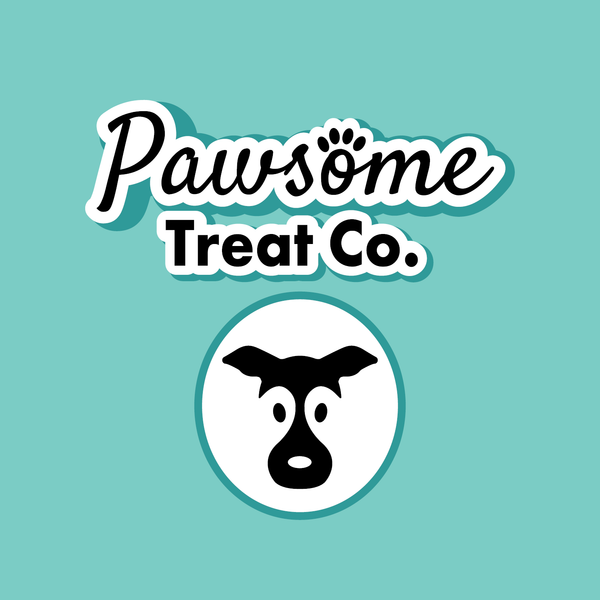
Exploring the Ancestral Diets of Dogs
Despite being domesticated companions today, our canine friends descended from wolves and still share much of the same biology and nutritional needs as their wild ancestors. Understanding dogs' evolutionary diets can provide insights into how to optimally nourish our modern pups.
The Wolf Diet
As members of the order Carnivora, gray wolves historically survived on a diet comprised primarily of:
- Protein from fresh meat, organs, and edible bones of hunted prey
- Some vegetable matter from the stomach contents of prey
- Occasional berries, grasses, and other plants
This nutrient profile was shaped over thousands of years to fuel the wolf's lifestyle of endurance running, hunting, and roaming vast distances. The concentration of proteins, fats, vitamins, and minerals from whole animal sources met all their nutritional needs.
How Dogs' Diets Evolved When humans first domesticated dogs from gray wolves 15,000-40,000 years ago, their diets shifted to include more human food scraps and byproducts. However, their fundamental requirements remained largely tied to this meat-based, ancestral diet blueprint.
Even today's domesticated dogs retain a higher protein requirement and an inability to efficiently digest large amounts of carbohydrates and plant matter compared to humans and other omnivores. Their sharp teeth and short digestive tracts are optimized for processing rich animal proteins over grains and fibrous plants.
The Pitfalls of Modern Dog Food In today's commercialized pet food landscape, many mass-produced dog treats and food products have drifted far from the nutritional composition that aligns with dogs' evolutionary needs.
These products often contain:
- High levels of inexpensive grain fillers like corn, wheat, and rice
- Unnamed animal byproducts and renderings
- Synthetic preservatives, colors, and flavor enhancers
While providing complete nutrition, these ingredient profiles look very different than the ancestral diet dogs' systems evolved to process optimally.
Benefits of an Ancestral Model
By contrast, dog food and treats formulated to closer mimic an ancestral diet can provide a host of benefits, including:
- Highly bioavailable nutrients from quality protein sources
- Appropriate levels of animal fats and minerals
- No excess carbohydrates or fillers
- Avoidance of potential allergens and inflammatory ingredients
When carefully balanced, this ancestral nutritional philosophy provides a biologically-appropriate way to nourish modern dogs in line with their wild roots and genetic blueprint.
While not a one-size-fits-all solution, pet owners are increasingly exploring ways to incorporate more ancestral diet principles into their dogs' meals and treats. With proper guidance, this can be a way to tap into the evolutionary foundations of canine nutrition.
